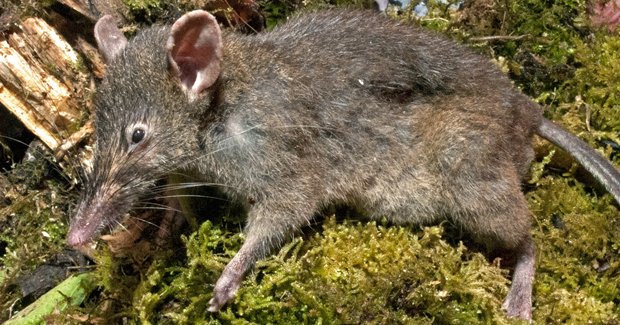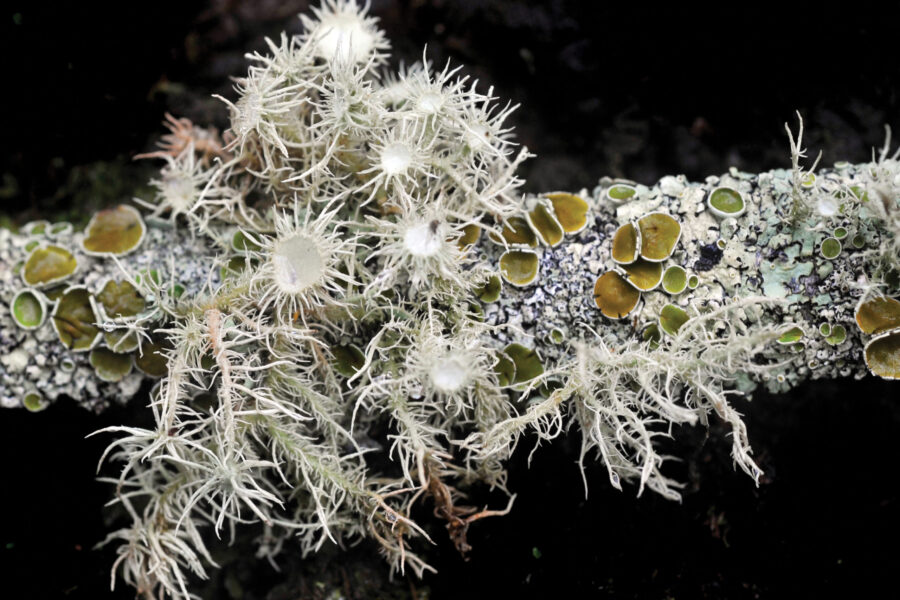Worm-slurping rat discovered

A RAT WITH NO molar teeth that sucks at worms – probably squeezing them with its paws to avoid eating the excrement – has been a surprise find for biologists.
The new species of rat (Paucidentomys vermidax), which spends its days sucking down earthworms, was discovered last year in Indonesia by a team led by a Melbourne researcher, Dr Kevin Rowe from Museum Victoria.
Gummy rat can’t gnaw or chew
Found in the rainforests of Sulawesi, the species of shrew rat lost its molars in a deft twist of evolution and leaving only incisors – the front four teeth.
“They’re traits developed to deal with living on the mossy ground cover of rainforests, where long noses and sharp incisors are useful for digging out food,” says Kevin.
Until now all rodents were defined by their ability to gnaw and grind. The name of the specie’s order Rodentia is derived from the Latin roots rodere (to gnaw) and dentis (tooth).
However, because of the shape of the rat’s incisors it probably only uses its front teeth to dig and snip off manageable segments of worm, Kevin explains.
The stomach contents of the specimen collected suggests they prefer a diet of exclusively worm or soft tissue animal.
Like similar long-nosed worm-eating rats from the Philippines, these unique rats may use their front paws to “squeeze out any stomach contents” as they snip away, says Kevin.
Worm-sucking rats probably a one-off
Dr Jacob Esselstyn, from McMaster University in Canada, who worked on the research, says the lack of molars distinguished the rat from all other 2200 known species of rodent.
“Presumably it quit using its molars a long time ago and so selection pressure which would eliminate a character that’s not necessary or inefficient to maintain,” says Jacob.
According to the group, it’s not likely that many more worm-eating rat species will be found, due to the toothy rat’s wild evolutionary success in other part of the worlds, now making up roughly 40 per cent of all mammal diversity.
A paper on the new species was published recently in the journal Biology Letters.
RELATED STORIES





